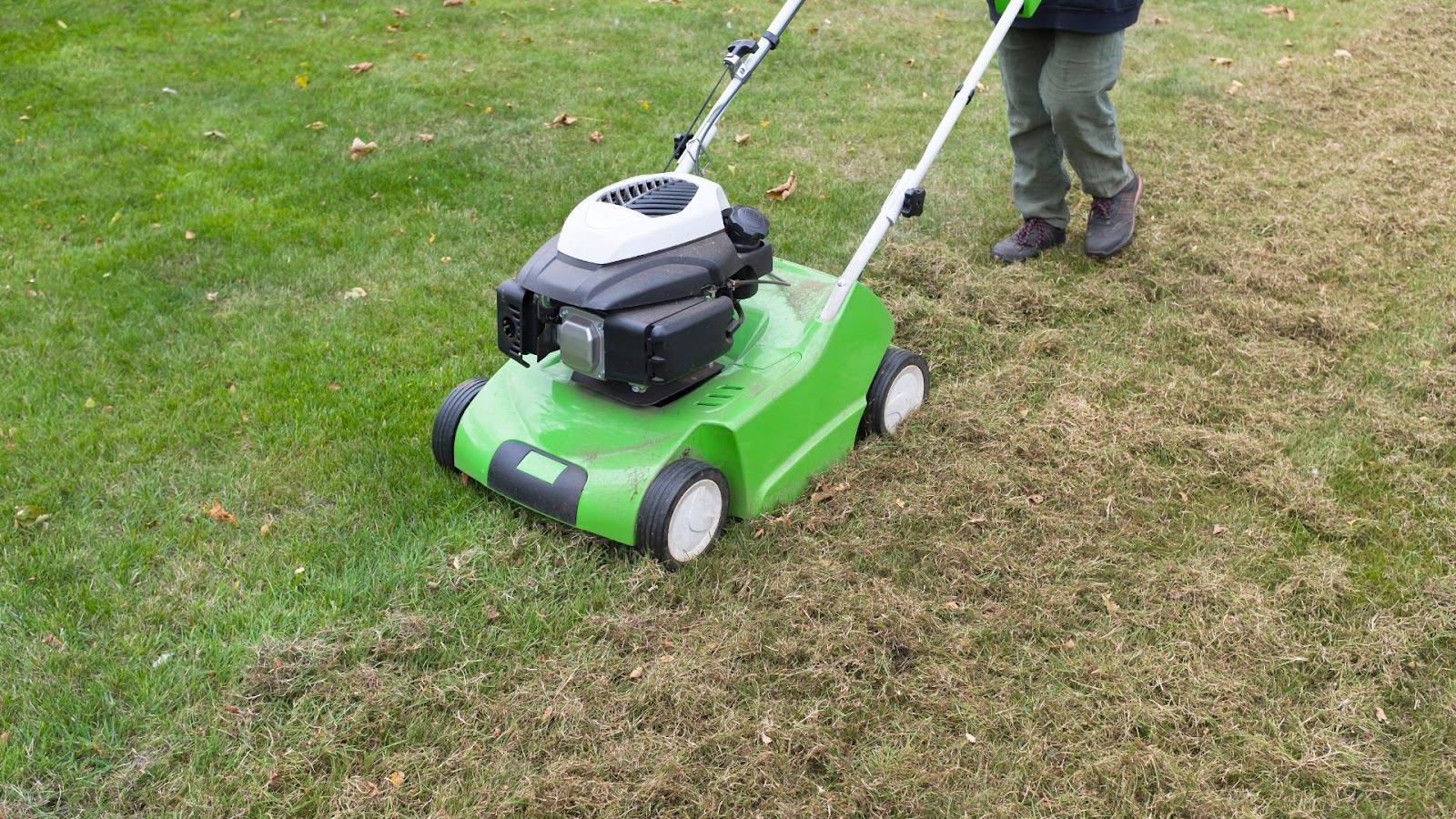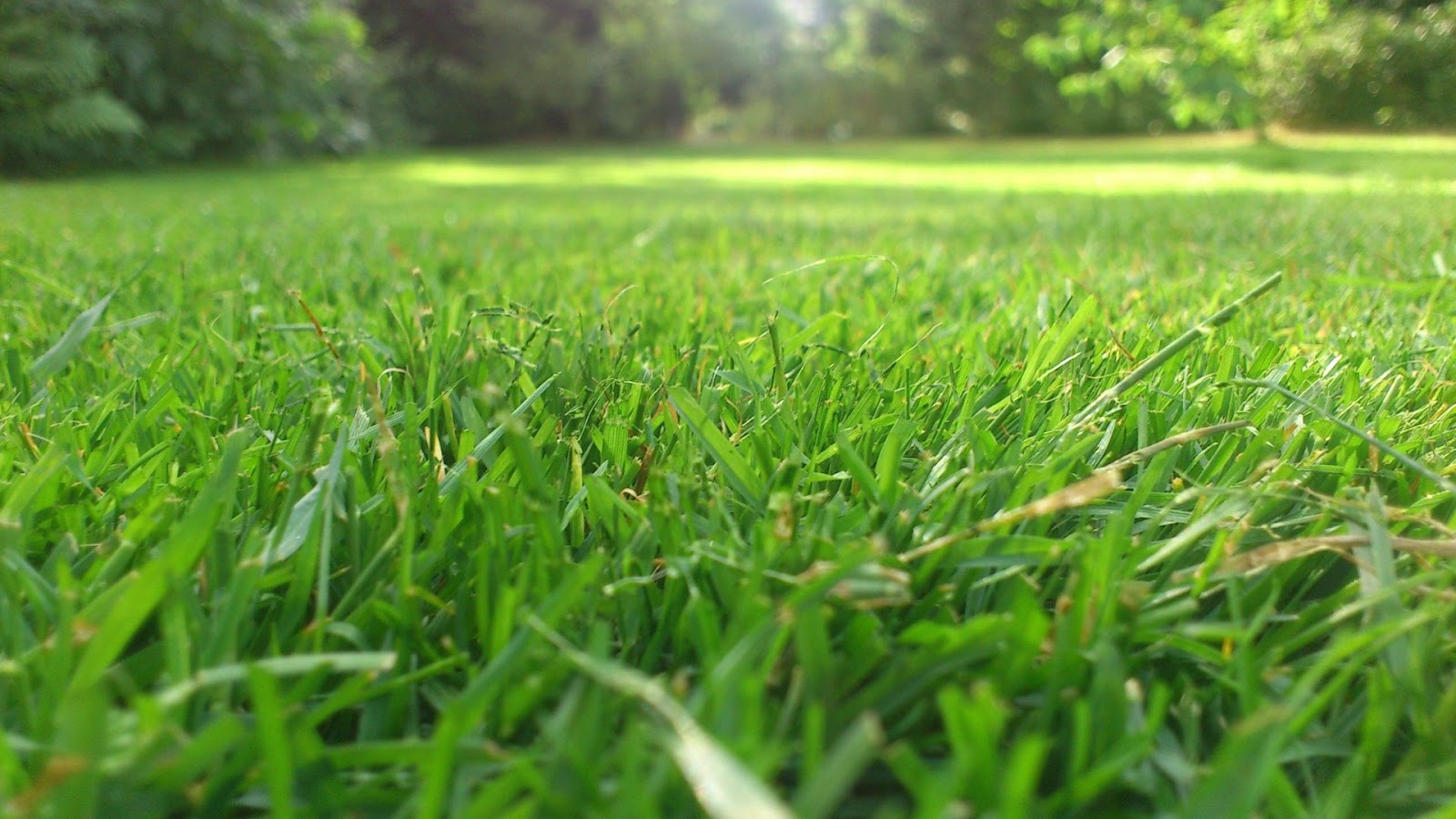Is your lawn looking brown and lifeless? Does it have more dead grass than healthy? This can be attributed to factors such as drought, heat, heavy foot traffic, or poor soil conditions.
If left untreated, these patches of dead grass can spread and damage your lawn. However, you can restore your yard with the proper care.
If you're wondering how to remove dead grass from your lawn, there are several simple solutions. This guide will show you how to eliminate dead grass and rejuvenate your lawn through methods such as dethatching, aeration, and overseeding.
Keep reading to know more.
Dead grass can appear for several reasons, including environmental factors, physical stress, and poor soil conditions. Identifying the cause is the first step in addressing the issue and restoring your lawn.
Here are the most common causes of dead grass:
Extreme weather conditions can stress your lawn, leading to brown, lifeless patches. The following factors contribute to environmental stress:
High activity on your lawn can cause wear and tear on the grass, leading to patches of dead or yellowing grass. Here's how foot traffic impacts your lawn:
Your lawn's health is directly tied to the condition of the soil in which it grows. Poor soil can prevent grass from thriving. Consider these common issues:
By identifying the factors that contribute to dead grass, you can take the proper steps to revive your lawn and prevent further damage.
Addressing the problem requires thoughtful care and the proper methods to help your lawn recover.

Reviving your lawn begins with identifying dead grass and then taking the proper steps to remove it and encourage healthy new growth. Assessing the condition of your lawn will help you choose the most effective approach.
Before starting any treatment, it is essential to check whether your grass is dormant or dead. Use these simple tests:
Once you know the condition of your lawn, you can remove dead grass using the methods below, depending on the area affected:
Removing dead grass creates the space and conditions needed for healthy new turf to grow.
After clearing dead material, focus on restoring your lawn with the following steps:
By following these steps, you give your lawn the best chance to recover quickly and maintain strong, healthy growth throughout the season.
Once restored, ongoing care becomes essential to preserve your lawn’s health and resilience.

Maintaining a restored lawn requires regular care, focusing on watering, mowing, and protection from common threats.
Proper watering encourages healthy root systems and balanced soil moisture. Keep these points in mind:
How you mow your lawn influences its recovery and ongoing health. Consider the following:
Maintaining nutrient levels and managing threats helps your lawn flourish. Focus on:
Following these practices will help your lawn remain lush, resilient, and healthy throughout the year.
Removing dead grass and restoring your lawn involves a combination of careful assessment, targeted removal, and thoughtful restoration.
At Percy’s Lawn Care, we understand how challenging it can be to maintain a healthy lawn, especially when dealing with issues like dead grass and patchy turf. Serving homeowners and businesses in Buffalo, Amherst, and Cheektowaga since 1999, our expert team specializes in customized lawn restoration and tailored maintenance plans, each designed to meet the unique needs of our clients.
We utilize proven techniques and eco-friendly products tailored to your lawn’s specific conditions, helping you maintain a lush, green lawn throughout the year.
Contact Percy’s Lawn Care today for a free consultation and let us guide you through effective lawn restoration and maintenance strategies designed to keep your outdoor space healthy and beautiful.
1. How often should I aerate my lawn to prevent dead grass?
Aerating once a year, typically in spring or fall, helps reduce soil compaction and promotes healthy root growth, making your lawn less prone to dead patches.
2. Can lawn diseases cause grass to die suddenly?
Yes, certain fungal diseases and pests can cause rapid grass death. Early detection and treatment are crucial for protecting your lawn.
3. Is dethatching necessary for all lawns?
Not all lawns require dethatching. It’s most beneficial when the thatch layer exceeds half an inch, as excessive thatch can block water and nutrients.
4. How does soil pH affect lawn health?
Soil pH influences nutrient availability. Lawns generally prefer slightly acidic to neutral soil; if the pH is off, nutrients may become inaccessible, even if they are present in the soil.
5. What is the best time of year to overseed a lawn?
Overseeding is best done during the grass’s active growing seasons—spring or fall for cool-season grasses and late spring to early summer for warm-season grasses.
6. Can organic fertilizers completely replace chemical ones?
Organic fertilizers enhance soil health and provide nutrients over time. While they can replace chemicals in many cases, some lawns may benefit from supplemental feeding with synthetic fertilizers.
7. How can I tell if my lawn needs fertilization?
Signs include slow growth, pale or yellowing grass, and poor recovery after mowing. A soil test can provide a precise analysis of the nutrient profile.